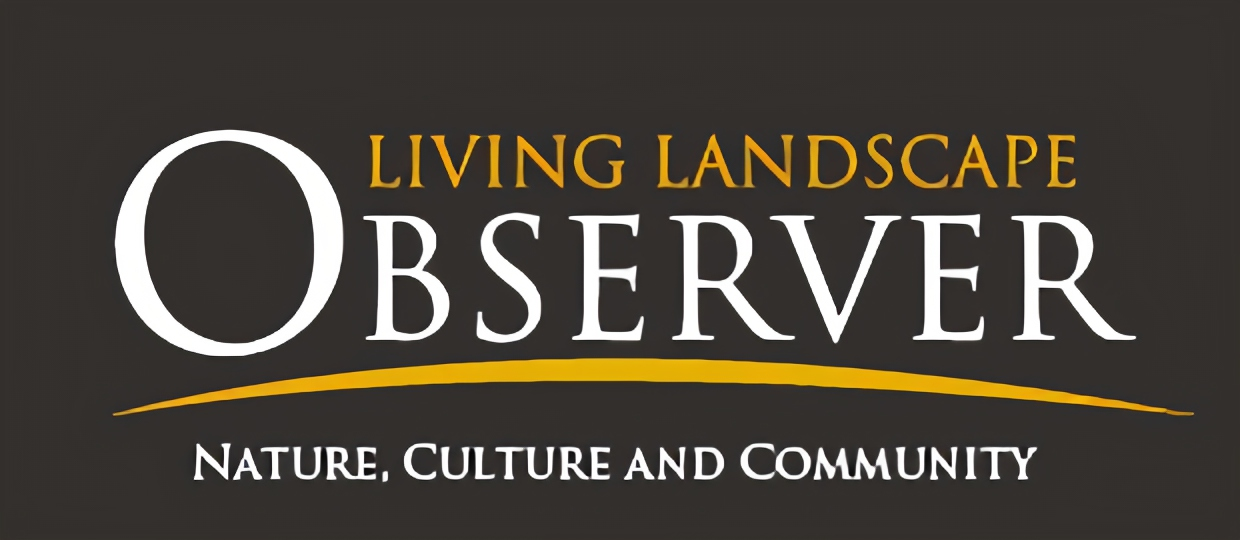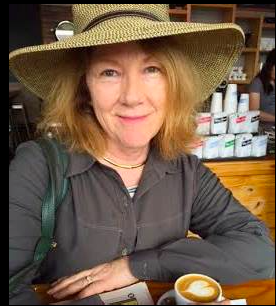To provide observations and information on the emerging fields of landscape scale conservation, heritage preservation, and sustainable community development.
Newsletter
Stay up-to-date with the latest nature, culture and community news.
We won’t spam you or share your information. Newsletters are sent approximately 10 times a year. Unsubscribe at any time.
Featured Voice: Emily Bateson
Apply Now for Advocacy Scholars – Deadline Oct. 31

Highlights ICOMOS General Assembly 2023
In March 2020, when the worldwide pandemic brought the ICOMOS General Assembly scheduled for the fall of that year in Sydney, Australia, to a halt, planning for the event had already been quite advanced. In the face of global uncertainty, the host Australia ICOMOS and its many partners made the decision to hold the conference in 2023 – and what an event it was! The almost 7 years of planning paid off. With the theme “Heritage Changes: Resilience – Responsibility – Rights – Relationships.
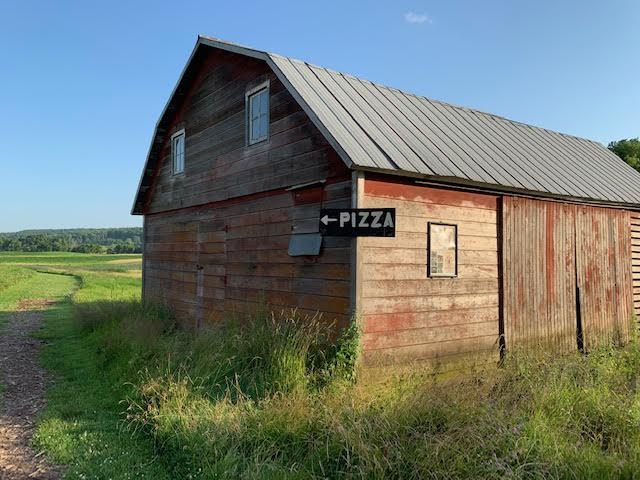
The Role of Cultural Heritage in Rural Landscapes
Recent writing and research shows the contribution that rural and traditional working landscapes can make to landscape resilience, sustainability, and ecological diversity, which in turn can play a part in combatting climate change. The scale of these landscapes has also been a driver of the need to integrate the management of nature and culture. What has been less discussed are the contributions of cultural values to the conservation of rural landscapes. For example, the World Heritage criteria that most directly applies to working landscapes states that cultural landscapes are sites where the interaction between people and their environment is considered to be of outstanding universal value. A closer examination of the people part of the equation is warranted.
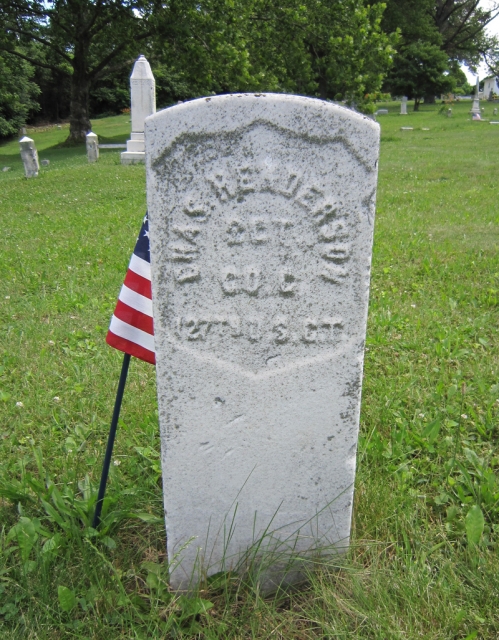
Thoughts on Conserving African American Cemeteries
Across the country African American cemeteries have been abandoned, rediscovered, and identified as in need of preservation. Behind each of these individual stories is a complex hidden landscape created by enslavement, segregation, exclusion, and economic hardship. It is also a geography that reveals patterns of migration, forgotten settlements, demographic shifts as well as the strength and resilience of African American communities.
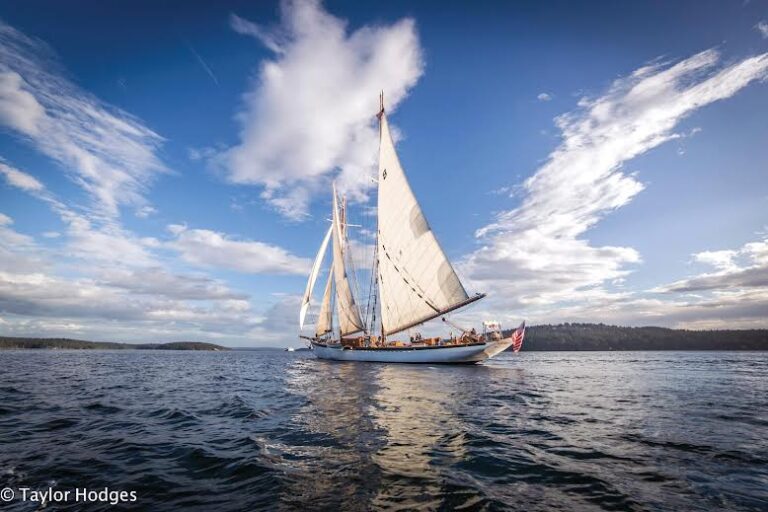
Launching the Maritime Washington National Heritage Area
Watching the development of a national heritage area is a bit like observing the formation of a solar system. Partners large and small are attracted to the heritage area idea like planets around a sun and if the perceived benefits are powerful enough the gravitational force will bind them together around a unified vision. With the conservation movement’s interest in how to build effective large landscape networks examining how this actually happens on the ground might be productive. What lessons can we learn from the formation of the Washington Maritime National Heritage Area?
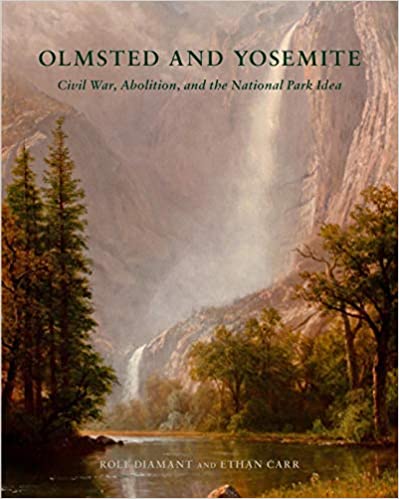
Three Landscapes: Civil War, Abolition, and Reconstruction
Right on time for the bicentennial of Fredrick Law Olmsted Sr.’s birth comes Olmsted and Yosemite: Civil War. Abolition, and the National Park Idea by Rolf

Highlights ICOMOS General Assembly 2023
In March 2020, when the worldwide pandemic brought the ICOMOS General Assembly scheduled for the fall of that year in Sydney, Australia, to a halt, planning for the event had already been quite advanced. In the face of global uncertainty, the host Australia ICOMOS and its many partners made the decision to hold the conference in 2023 – and what an event it was! The almost 7 years of planning paid off. With the theme “Heritage Changes: Resilience – Responsibility – Rights – Relationships.

The Role of Cultural Heritage in Rural Landscapes
Recent writing and research shows the contribution that rural and traditional working landscapes can make to landscape resilience, sustainability, and ecological diversity, which in turn can play a part in combatting climate change. The scale of these landscapes has also been a driver of the need to integrate the management of nature and culture. What has been less discussed are the contributions of cultural values to the conservation of rural landscapes. For example, the World Heritage criteria that most directly applies to working landscapes states that cultural landscapes are sites where the interaction between people and their environment is considered to be of outstanding universal value. A closer examination of the people part of the equation is warranted.

Thoughts on Conserving African American Cemeteries
Across the country African American cemeteries have been abandoned, rediscovered, and identified as in need of preservation. Behind each of these individual stories is a complex hidden landscape created by enslavement, segregation, exclusion, and economic hardship. It is also a geography that reveals patterns of migration, forgotten settlements, demographic shifts as well as the strength and resilience of African American communities.

Launching the Maritime Washington National Heritage Area
Watching the development of a national heritage area is a bit like observing the formation of a solar system. Partners large and small are attracted to the heritage area idea like planets around a sun and if the perceived benefits are powerful enough the gravitational force will bind them together around a unified vision. With the conservation movement’s interest in how to build effective large landscape networks examining how this actually happens on the ground might be productive. What lessons can we learn from the formation of the Washington Maritime National Heritage Area?

Three Landscapes: Civil War, Abolition, and Reconstruction
Right on time for the bicentennial of Fredrick Law Olmsted Sr.’s birth comes Olmsted and Yosemite: Civil War. Abolition, and the National Park Idea by Rolf
